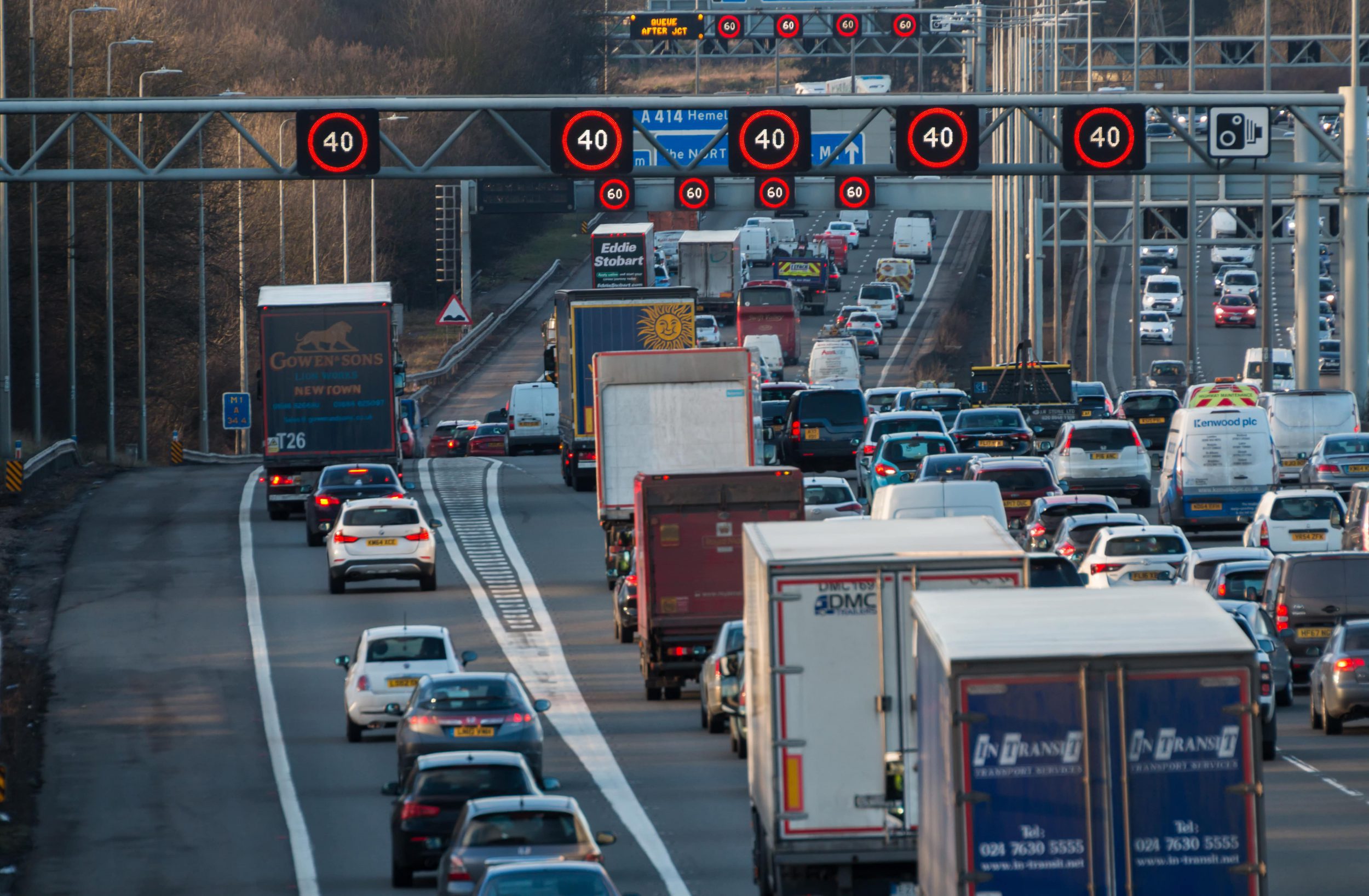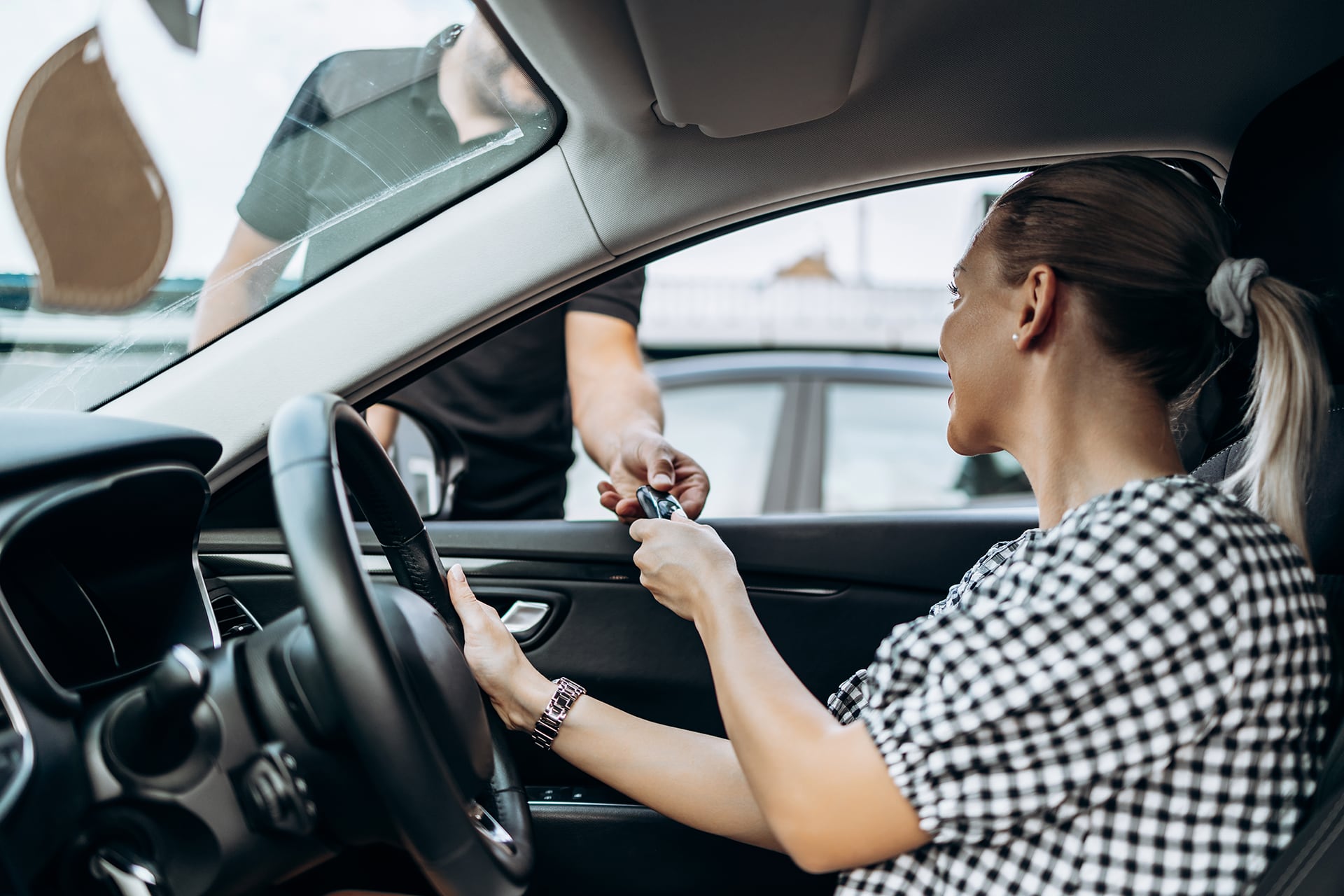Motorways: they’re the most direct way of travelling longer distances around the country and are used by millions of drivers each year. In fact, in the past year the amount of motorway traffic reached 56.4 billion vehicle miles, down only slightly on the previous year due to the pandemic.
Motorways are the safest type of road in the country. But many drivers, go out of their way to avoid them and plan their journeys along A and B roads instead, assuming they are safer.
This could be because motorway speed limits are higher, so any accident tends to be more serious. It is also more likely to be reported due to traffic disruption, so drivers may think they occur more often than on other types of road.
Here we look at the rules for motorway driving as well as some tips to help you prepare for your journey if you’re still unsure.
Motorway driving rules
It’s important to follow specific rules to help keep yourself and others safe when driving on these motorways. The highway code states the rules in full but some of the basics of how to drive safely on a motorway include:
- Keep your distance – with so much traffic on motorways, including many HGVs, it’s important to allow plenty of distance between your vehicle and the one in front. This means you’ll be able to react in plenty of time if traffic ahead stops suddenly.
- Be aware of the speed limit – the national speed limit on UK motorways depends on the type of vehicle, but it never exceeds 70mph. Vehicles such as HGVs, buses and coaches have a lower speed limit to ensure safety. This doesn’t mean you should always drive at this speed, however. Drive to the road conditions and follow any lower speed limits enforced at the time of driving. These will be shown on motorway signs.
- Know the signs – you’ll need to know what the road signs mean to ensure safe motorway driving. They differ from other road signs and include junction signs, countdown markers, driver location signs, speed limit signs and warning signals. This also means being aware of ‘smart motorway’ signs (see below).
- Keep in the left lane – unless you’re overtaking or a lane is closed, you should drive in the left lane.
- Overtake on the right – for safe motorway driving, always overtake on the right. It is illegal to undertake on the left – not to mention dangerous, particularly when there are multiple lanes.
- Don’t drive on the hard shoulder – unless signs instruct otherwise. The hard shoulder is for emergency vehicles or for use in emergencies only. The only exception to this is on smart motorways.
What is a smart motorway?
Smart motorways in the UK use active traffic management systems to reduce congestion. Using the hard shoulder as a regular lane and employing variable speed limits are two of the ways in which this is done. Recently, the safety of smart motorways has been called into question and expansion paused until more data has been assessed.
Are smart motorways safe?
Smart motorways lack hard shoulders. In 2021, a higher death rate was recorded on smart motorways compared to those with a hard shoulder.
Removing the hard shoulder is potentially dangerous as it leaves emergency services with little or no room to get through heavy traffic and broken-down vehicles can become stranded. However, a National Highways report suggests the hard shoulder is being replaced by potentially safer emergency stopping areas which are wider and clearer to see.
Whether you’re driving on a smart motorway or a traditional motorway, it’s important to follow the Highway Code for safe motorway driving.
Now that we’ve covered the basics, let’s look at some top tips for making your journey as smooth as possible.
Motorway driving tips
- Choose your vehicle – if you’re buying a new car and you know you’ll be making plenty of motorway journeys, it might be worth looking into the best car for motorway driving. You’ll want something comfortable and economical so that you don’t spend more in fuel than you need to.
- Check your vehicle before you travel – this applies to all journeys but it’s even more important when travelling long distances. If you have an important trip to make but find yourself with a car that’s in a less-than-ideal condition, it might be worth borrowing one from a family member or friend, for peace of mind. Choose a temporary car insurance policy to make sure you’re fully covered when driving a someone else’s car.
- Use your mirrors – using your rear-view mirror and wing mirrors is even more important when driving on a motorway. As traffic generally flows much quicker, you’ll need to check them often and be aware of the vehicles around you, particularly when overtaking or changing lanes.
- Take breaks – take advantage of service stations along the motorway and make sure you allow yourself plenty of breaks. Driving when tired is dangerous and an estimated 10-20% of all crashes occur due to driver fatigue. Driving for long periods is a big factor so it’s advised to take a break every two hours.
- Watch your speed – knowing the speed limit is obviously important but you’ll also need to be aware of how fast you’re driving, especially if the road conditions change or you need to slow down for a junction. As drivers travel quicker on motorways, awareness of speed can change and driving at 30mph can then feel unusually slow.
How to gain confidence for safe motorway driving
If you’re not familiar with motorway driving, it can be daunting when you use one for the first time. Following these tips can make for a more comfortable experience:
- Keep calm – this is easier said than done, especially if you’re nervous, but remaining calm will help you to focus and remain in control while driving.
- Invest in Pass Plus training – if you’ve recently passed your test and want to build up some more driving hours, Pass Plus training gives you time on motorways as well as all other road types. A recent change in law also allows learner drivers to use motorways, if they’re with an approved driving instructor.
- Plan your route – if you’re new to motorway driving, it’s a good idea to plan your journey, including junction numbers and the direction in which you need to travel. Satnavs are not always perfect so having a backup plan will save you any panic along the way.
- Take someone with you – having an experienced passenger who knows how to drive safely on a motorway will help put you at ease. It’s a good idea to get them insured to drive your vehicle if they need to take over at any point and to make sure that, if this happens, you stop safely at a service station to swap drivers. Don’t forget, our policies can cover a driver from one hour to 30 days for complete flexibility.
Share the driving
Driving on long motorway journeys can require a lot of concentration for many hours, which is both tiring and potentially hazardous. To give you more confidence – and a welcome break – it can be a good idea to share the drive. If you have a passenger who’s eligible to drive, you might want to consider insuring them on a temporary basis too, so you can switch seats when you start to lag.
Following these tips and advice will help you build the confidence and experience to drive safely on all motorways.
For more news, guides and how-tos, visit our news section.



